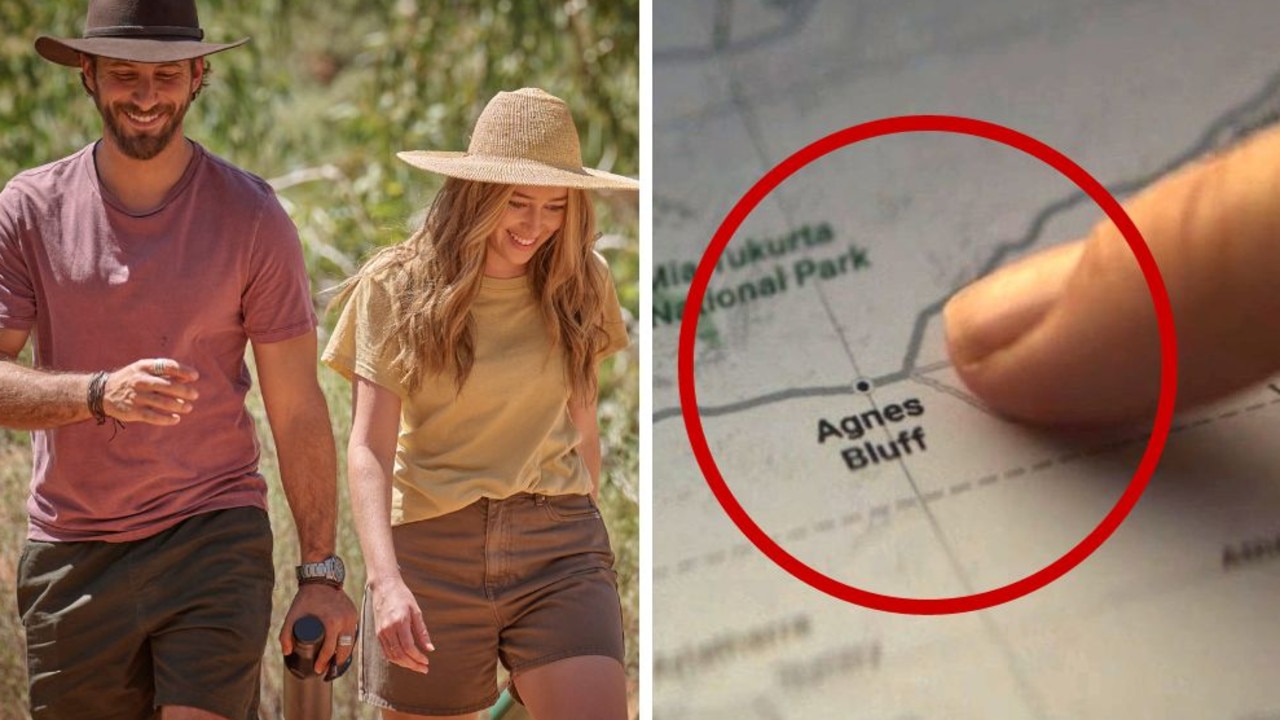Camels trampling the Outback
THE novelty of a herd of humps in the back paddock is wearing thin as NT Aborigines, farmers and outback locals count the cost of skyrocketing camel numbers.
THEY say camels are horses designed by a committee.
But Aborigines, farmers and outback locals think they are anything but a joke.
Thousands of roaming camels are invading the Australian desert and the environmental cost is mounting as the population skyrockets by up to 100,000 a year.
In the Northern Territory alone it is estimated there are about 300,000 camels, with over a million plodding the arid sands of Australia nationwide.
Work has now begun to protect the land from the unwanted trespassers, who show little respect for sacred Aboriginal sites, the livelihoods of cattle owners and the unique ecosystem of our nation's Red Centre.
Some cattle producers have reported up to 2,000 animals on their land, damaging fences and infrastructure.
Centralian Land Management Association spokeswoman Natalie Turner says stations bordering the Simpson Desert and crown land appear to be the worst affected.
"Because it's dry they are coming into the properties for water," she said.
"They are breeding up and then coming in from the Simpson Desert and Aboriginal land but because they move about a lot the numbers are probably far greater than we can tell.
"You used to see 20 to 30 of them and it was a bit of a novelty, it's not a novelty when you're property is mobbed by a thousand of them."
Up to eighty per cent of maintenance costs are set aside by farmers for camel collateral, with producers spending up to $60,000 a year to fix fences, tanks, bores and buildings.
"And that is not taking into account what they are eating. It's impossible to put a price on that," Ms Turner said.
Australia's traditional landowners are also battling the marauding beasts, which have been likened to the dreaded cane toad.
Trampling their way through national parks and remote communities, the willowy water carriers destroy environmental landmarks such as waterholes and trees.
Attempting to halt the devastation, specialised fences are now being designed to keep them away from sacred Aboriginal sites.
"One of the most critical problems from an environmental point is the concentrated effect they have on waterholes and wetlands," said Greening Australia spokesman Peter Barker.
"They are stripping away the vegetation that survives in those conditions like bush tucker species ... the bush quandong and bush potato.
"Lots of the traditional foods are being destroyed because of their palatability, but the camels are also falling into the waterholes and their bodies kill off the critters that live there and indigenous people who rely on them while hunting can't use it anymore."
Green Australia is working with the Central Land Council to come up with a way of stopping camels invading these areas using federal government assistance.
"Electrical wires require maintenance so instead we've come up with a really strong cable fence between thick pipe concreted into the ground," Mr Barker said.
But, he warned, there was no silver bullet.
"Culling needs to be part of the solution but we also need to look at trying to make the most of a useful resource that can provide financial benefit to pastoralists and remote communities," he said.
There is hope wild camel numbers will be reduced by the development of overseas markets, where the large feral herbivores are wanted mostly for their meat, hide and tallow.
Central Australian Camel Industry Association spokesman Peter Siedel says they hope to send about 25,000 camels a year to lucrative Muslim markets.
"The most significant market worldwide would be Muslim populations and that includes the Middle East, North Africa and South-East Asia," he said.
"But is also involves Muslims who live in the US and Canada."
The first step in this process was building an abattoir to handle the wild camels in Alice Springs, he said.
"That is the key to the whole problem. Consumption in Australia will never amount to enough demand to make an impact on the numbers that are there now so we really need to develop the overseas markets.
"The problem will still be there but it won't be doubling every eight to 10 years."
Mr Siedel said most governments, particularly the Northern Territory, had recognised the extent of the problems.
"Western Australia and South Australia are probably a little behind but people won't go harvesting wild camels unless they know they won't sell at a loss."
Ms Turner said action was needed – and fast.
"Something has to be done and soon," she said.
"What do you do when a thousand of them converge on a homestead, they mill around, trample fences, wreck trees, get into the water pipes ...?
"It's pretty disheartening in drought conditions."
Any attempts to rein in the growing problem should involve all the states, the territory and the commonwealth, she said.
"It's not just a pastoralist problem or an Aboriginal problem alone. A lot of camels are breeding up on Crown land and they are impacting on communities, on tourism, getting into the national parks.
"It's a problem we can't afford to ignore."



